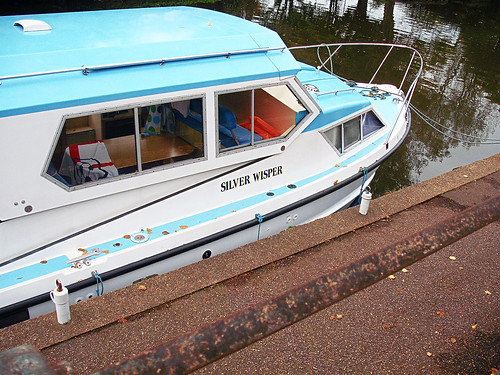Albumen print by William Russell Sedgfield of Norwich Castle.
Marked on the back Sedgfield's English Scenery published by A. W. Bennet 5, Bishopgate Street Without, London E.C.
Sedgfield produced more than a thousand stereo photographs of English Scenery between 1855 and 1866 which were all published by Bennet. A lot of these were produced as single images to cash in on the craze for carte de visites.
Distressed does not begin to describe the condition of this photograph and only a sentimental nature and a love of stove piper hats have prevented it being consigned to the bin. Best viewed large.
Albumen print. Image size 2⅛ × 3½ inches mounted on card. Carte de visite.
Tuesday, November 30, 2010
Carte de visite, Norwich Castle
Tasburgh Bell Hanging 1900
This is a scan of one of two photographs taken to celebrate the rehanging of the church bells at Tasburgh Church, Norfolk in 1900. The mount of this one is marked Alf. Robinson, The Studio, Long Stratton and I have no reason to believe that the second one is not by the same photographer.
The photograph shows a clergyman and two other gentlemen standing in front of 5 church bells outside Tasburgh church. The centre bell (the tenor?) is marked
RECAST 1900Records reveal that the rector of Tasburgh in 1900 was Walter Robert Hurd and a careful examination of the left hand bell in the back row reveals that the name of the second churchwarden was William Last Duffield (a surname still known in Tasburgh.) I am unable to make out the name of the first Churchwarden. Any help would be much appreciated in identifying him.
?. B. F.
W. L. D. CHURCHWARDENS
W. R. H. RECTOR
I used to think this was a photograph of the Rector, flanked by his two Churchwardens in front of his bells. I have now decided this is not the case. The chap on the left is too obviously an artisan. I think the bloke in the hat is probably a representative of the Bell Foundry.
In 1900 the bells of Tasburgh church were retuned and rehung. They were the first in Norfolk to be retuned on the 5 tone principle.* The company responsible were J Taylor & Co of Loughborough who are still in existence.

I think this second photograph probably shows the workman from J Taylor & Co. preparing to rehang the bells. The chap in the centre of the photograph is someone who features in the first photograph.
Both images are "Real Photographs" mounted on card. Photograph size 6in X 4in
------
* I did not know what the five tone principle is either. This from Taylor's website may explain (or may not.)
Taylor Five Tone Principle
Taylor's introduced their five tone principle of bell tuning in 1896. This produces the purity and sweetness of tone and allows the bell to sound with full and rich mellowness. This gives Taylor bells their special characteristic and sets them apart from all other cast bronze bells. The Bell Master and the Bell Tuner work on five principle harmonics, the hum, fundamental, tierce, quint and nominal but these in turn influence and affect many others. When the correct frequency for each of these harmonics has been achieved, the bell is in tune with itself. In a set of bells, each bell is tuned using the same standards applied to its own frequencies and thus each bell in the set is not only in tune with itself, but also with each bell in the set.
Tuesday, November 02, 2010
Swan Pit
Oh God another intrusive heritage sign obscuring what it is trying to explain. Norwich's Medieval Swan pit does not need a tin duck attached to it and needlessly blocking our view. I have no objection, in theory to the labelling of sites but it becomes ridiculous when an attempt is made to make the label more important than what it describes. In this case because of the choice of font, the use of capitals and the insistence that the words should follow the curves of the wing most of the sign is illegible.
But it is very artistic!*
---
*The swan pit and sluice at the Great Hospital, Bishopsgate. This swan pit with attached sluices dates to the late 18th century but was restored in the late 19th century and altered again in the 20th century. It takes the form of a large rectangular pool with brick sides. At both eastern corners are brick paved ramps. Attached to the north a stone sided channel with two 19th century sluice gates which link the pit with the River Wensum. The sluices ensure that the pit is filled at high tide, and not allowed to empty at low tide. This very rare 'swan pit' was used for the breeding of local swans for the Master of the Great Hospital, Norwich, who since medieval times had the right to cull swans and provide them for feast. Quote taken from here.




